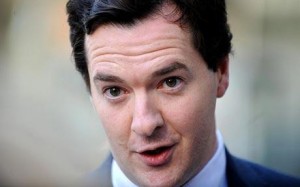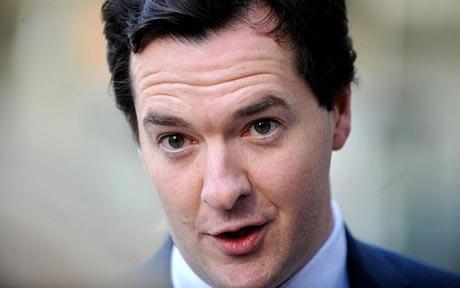Introduced by George Osbourne on August 1st 2012, the Funding for Lending (FLS) scheme has been a significant catalyst in the recovery of the UK housing market, but has failed to increase the level of lending to businesses, according to some experts who have been monitoring the initiative. The scheme, operated by The Bank of […]
Introduced by George Osbourne on August 1st 2012, the Funding for Lending (FLS) scheme has been a significant catalyst in the recovery of the UK housing market, but has failed to increase the level of lending to businesses, according to some experts who have been monitoring the initiative.
The scheme, operated by The Bank of England, offers cheap loans to banks and building societies which are then supposed to be passed on to businesses and consumers. How much is lent dictates the cost of using it, with institutions paying lower rates if the advance amount is increased. The scheme was originally touted to last 18 months, running until February 2014, but has since been extended to run up until January 2015.

By the end of June this year, some 41 different financial institutions had signed up to the Funding for Lending scheme, however, not all had drawn down any money. A total of £16.4bn in loans was outstanding, with the biggest tranche being held by Barclays at £6bn.
However, the signs of success seem to be focussed in the UK’s mortgage market, where new loan approvals are up by a third year on year and lenders have been battling to offer record low rates to consumers. Brokers have even suggested that it has made £1m+ mortgages easier to acquire, as private banks that have signed up to the scheme are waiving their traditional requirements that ‘would-be borrowers’ shift funds to them in order to secure a loan in the first place.
Howard Archer, chief UK economist at IHS Global Insight, said: “It has helped to bring down bank funding costs, thereby underpinning a drop in some mortgage rates and lending rates to households and some businesses. It has clearly helped to lift mortgage availability and, to a lesser extent, unsecured credit to consumers”
Archer believes the FLS has been “a significant factor in improved housing market activity and firming prices”, although it’s also key to mention the increasing levels of consumer confidence and employment.
Whilst the Council of Mortgage Lenders (CML) said it could not quantify the full impact of the scheme on mortgage rates or lending levels, a spokesperson said: “It is clear that it has improved both the availability and the pricing of credit.”
The CML also expressed some concerns about the planned end-date for the scheme in January 2015, as any incentive that suddenly stops risks causing a rush to beat the deadline, which in turn can skew lending figures.
Archer then said what happens at the end-point of the scheme would be dictated by the state of the UK economy: “If it is looking fundamentally sound, then I think banks will be more prepared to lend as they will see it as less risky. However, if the economy looks ropey, appetite to lend will likely be limited.”
Upon launching the scheme on August 1st 2012, Chancellor George Osbourne said he expected that banks who were then offering loans through the National Loan Guarantee Scheme (NLGS) would eventually switch to the FLS: “The more generous FLS has officially opened for business and will, in time, effectively take over from the NLGS, delivering credit easing to the whole economy,” he predicted.
However figures from The Bank of England show net lending to non-financial firms fell by £1.3bn in June, subsequent to similar falls in May and April. Loans to medium and small-sized businesses were up, but only for the third time since the bank started to publish data in May 2011.
The national chairman for the Federation of Small Businesses, John Allan, said the main high street banks had not increased the amount of finance they were offering to businesses: “Our research has shown credit is cheaper but that many firms are still struggling to access finance, with 4 in 10 firms being refused loans in the second quarter of 2013,” he said.
Chuka Umunna, Labour shadow business secretary said the scheme has so far failed “successful profitable businesses who have been unable to acquire credit from the banks”, but he hoped that certain changes which allow alternative finance providers to access the money could help: “The main transmission method has been the very high street banks that have proved to be such an obstacle to lending.. Hopefully the changes that have been made will render it more successful in its second year. He also added that more needs to be done to change a situation whereby lending to 5 million different businesses is dominated by the same 5 banks.
The FLS has been bad news for one set of consumers though; savers, having seen interest rates tumble as banks and building societies no longer need to raise retail deposits. Bank of England figures show that rates on instant access cash ISAs have in fact halved over the last 12 months, while the average rates on two-year fixed-rate savings bonds have plummeted from 3.17% to 1.72%.
For more information, visit http://www.bankofengland.co.uk/markets/Pages/FLS/default.aspx














